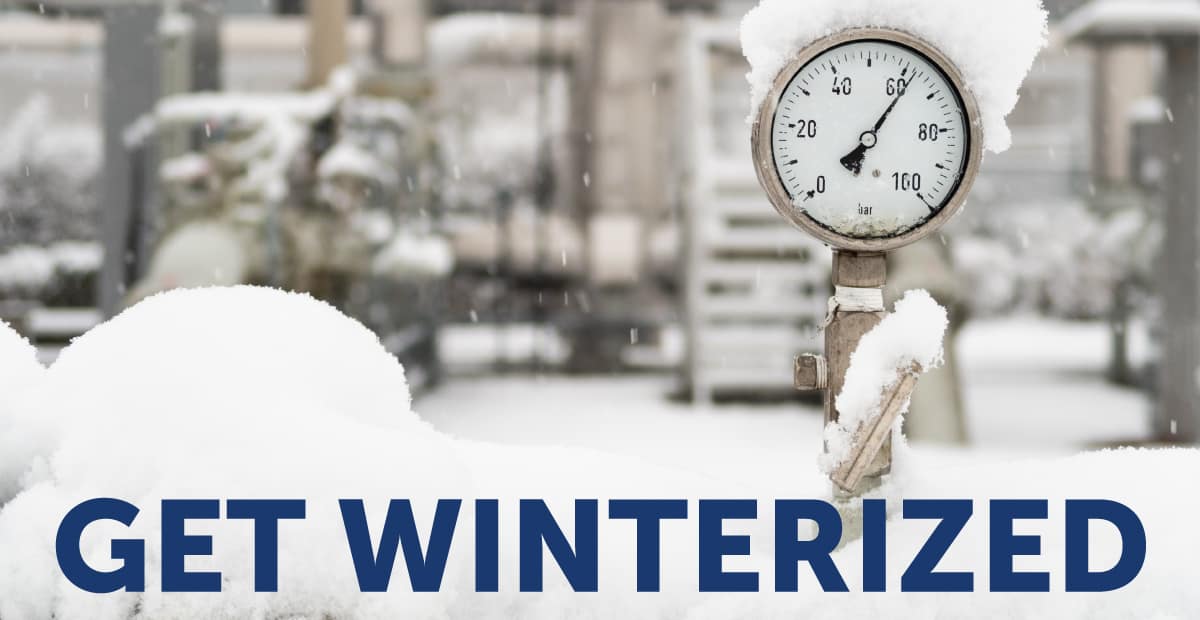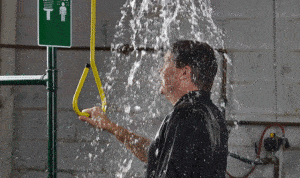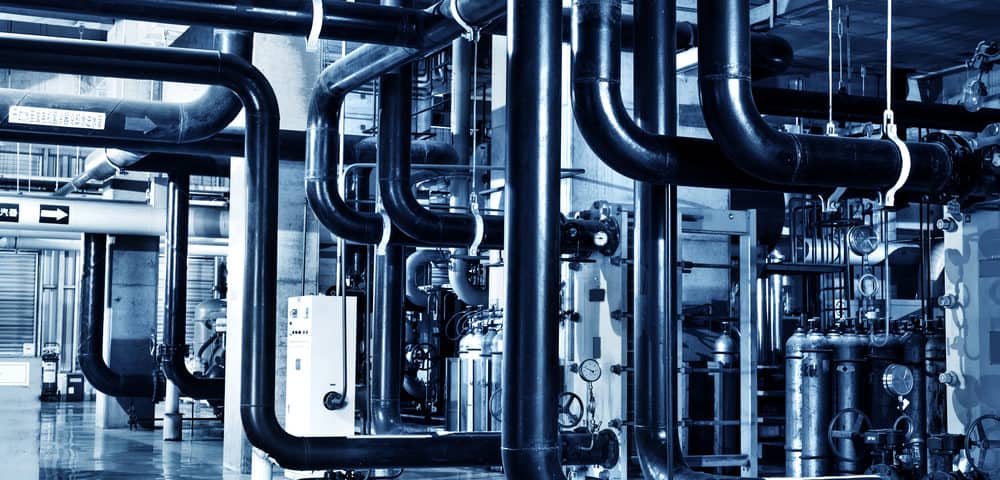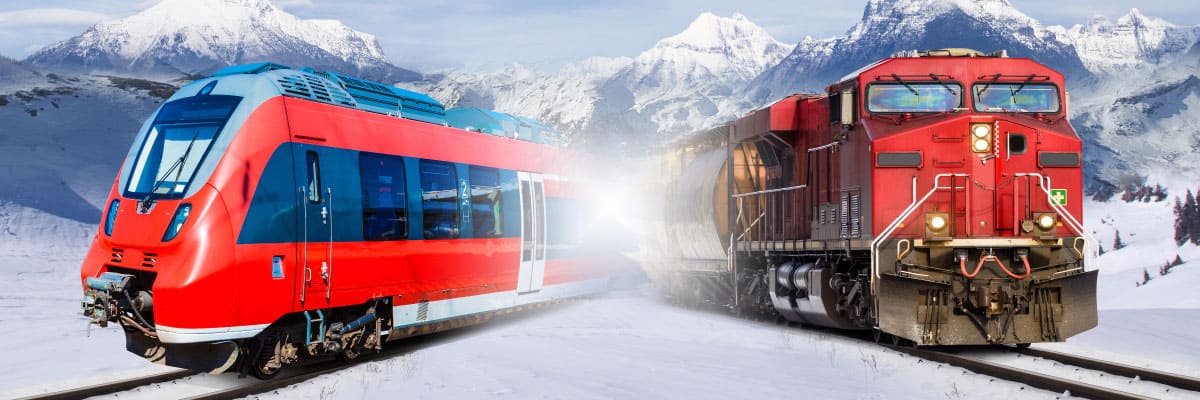Here are a few freeze protection tips for surviving this winter with no frozen equipment, stranded cars, interrupted schedules, or schedule delays.
1. Monitor Weather Forecasts
According to a Railway Age article, the railroad industry suffers hundreds of millions of dollars in damages and lost profits every year due to weather-related incidents. Many of these occur from December through March due to winter storms bringing snow and ice that freeze pipes and blanket rails.
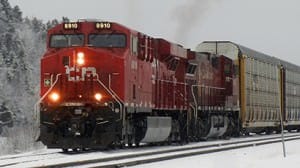
Consider implementing an intelligent weather monitoring platform that provides updated weather data and insights across various locations so that you can be prepared for unexpected weather extremes, no matter where your locomotives and passenger cars are.
2. Be Prepared to Clear The Rails
Implementing a snow and ice removal system throughout the winter will ensure safe and on-time rail service.
Here are some of the basics for using a system:
- Inspect your grounds early on – clean switches, derails, frogs, and flangeways
- Clear switch handles of any debris or snow build-up
- Clear blockages from drains and gutters
- Ensure railroad ties are visible
- Keep a minimum depth of 1.5-inch clearance under flangeways
Several methods exist to keep your tracks clear, including switch heaters, hot air blowers, and glycerin-based anti-freeze. Talk to a professional to determine the right one for your specific needs.
3. Winterize Locomotives & Passenger Cars with Freeze Protection Valves
Railroad tracks aren’t the only things that need to be winterized. Locomotives and passenger trains are at high risk of freezing during winter if left unprotected.
ThermOmegaTech recommends preventing fleet freeze-ups with the GURU line of thermostatic drain valves for locomotives and passenger cars.
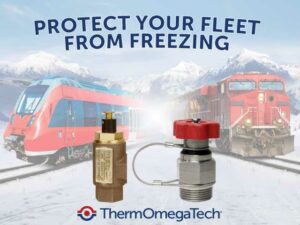
Self-operating and compact, the GURU Plug for locomotives and the GURU PC valve for passenger cars are designed to monitor water temperatures continuously and automatically open to drain cold water before it can freeze and cause damage.
Implementing ThermOmegaTech’s reliable thermostatic freeze protection technology into your annual winter prep procedures will protect your rail vehicles from freeze damage, lengthy repairs, and interrupted schedules all winter long.
4. Have a Winterization Plan
Winter can be a challenging time for railroad operators. But with a well-structured, comprehensive winterization plan, you can have a stress-free season knowing your equipment is protected from extreme weather damage.
Start winter prep before cold winds start blowing. Temperatures often dip sooner than people anticipate, leaving their equipment unprotected and open to freeze damage. Having a plan already in place will mitigate the winter risks often seen in the railroad industry.

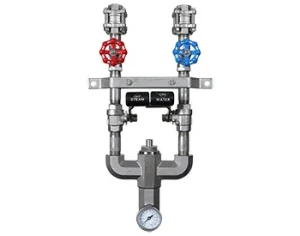 Washdown Station
Washdown Station